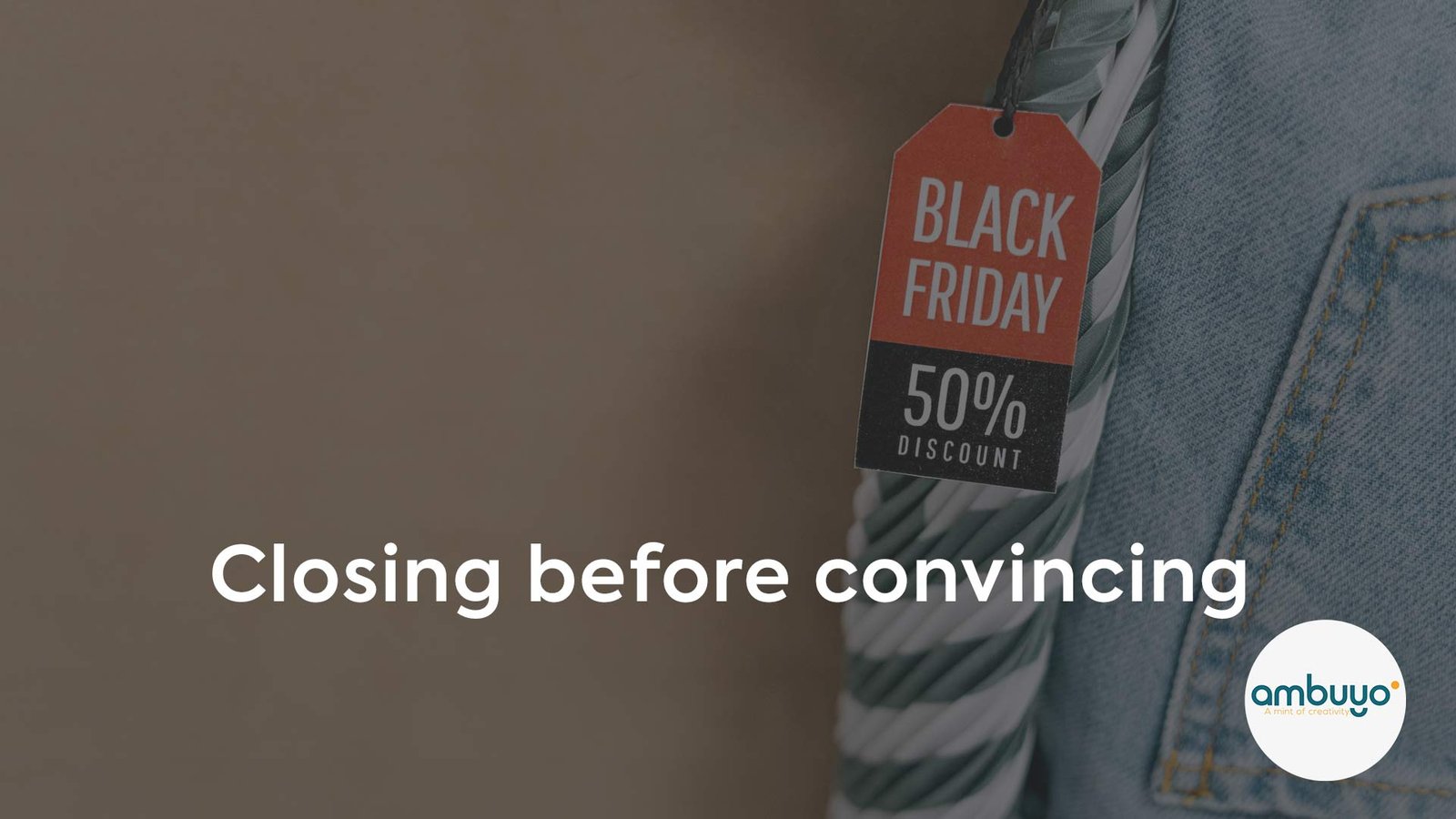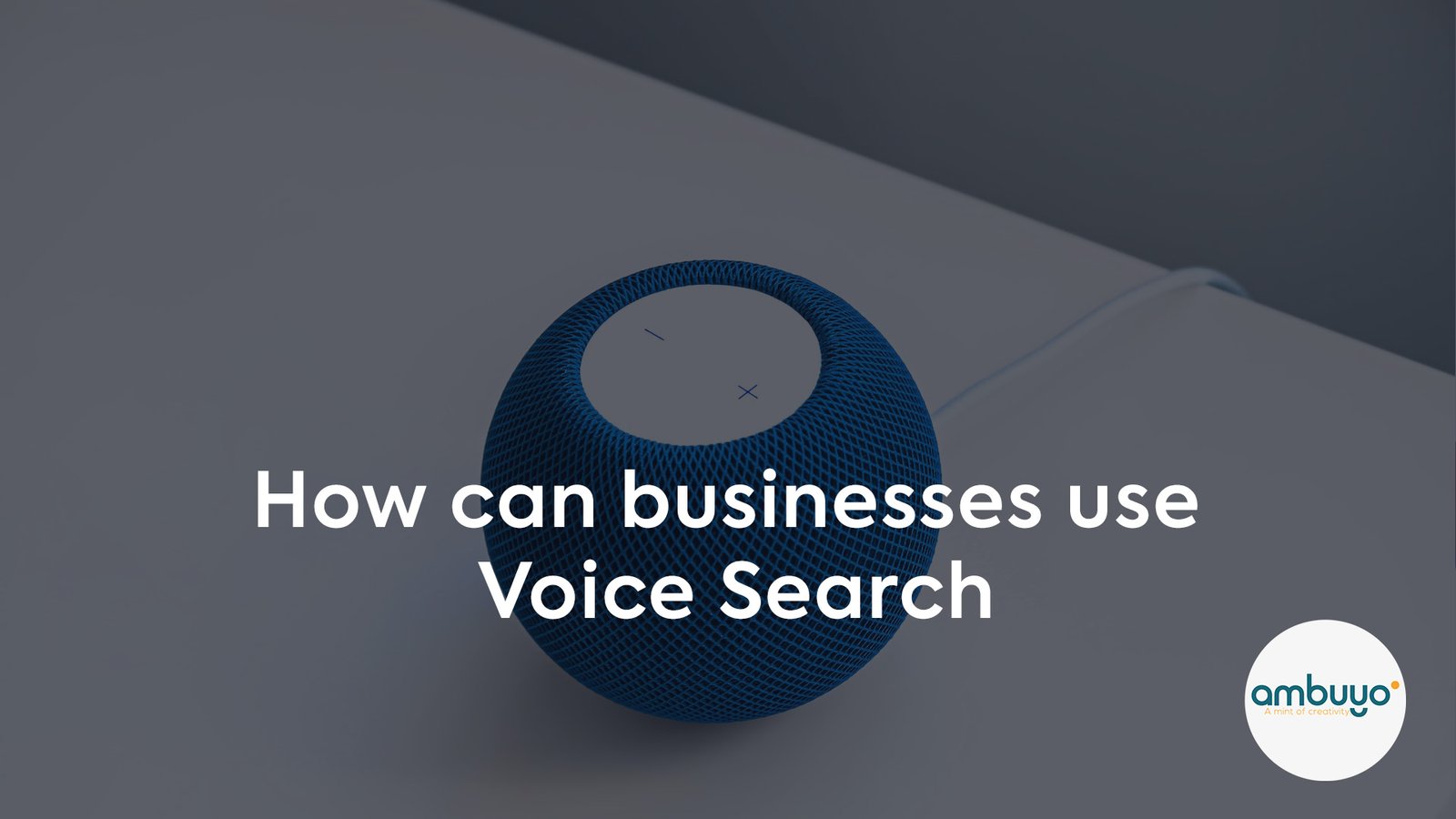
Closing before convincing
In the digital age, the traditional sales approach of convincing a potential customer to buy a product or service is no longer effective.
Instead, the focus should be on closing the sale before convincing the customer.
This approach, known as “closing before convincing”, involves identifying the customer’s needs and concerns, and addressing them upfront before attempting to sell the product or service.
One of the key benefits of closing before convincing is that it helps build trust and credibility with the customer. By addressing the customer’s needs and concerns upfront, the salesperson shows that they are focused on the customer’s interests, rather than just trying to sell them something.
This can help build trust and establish the salesperson as a trusted advisor, rather than just a salesperson.
Another benefit is that it allows the salesperson to tailor their approach to the customer’s individual needs and concerns. By understanding the customer’s needs and concerns, the salesperson can tailor their pitch and offer a solution that is specifically designed to meet the customer’s needs.
This can be more effective than a generic pitch that is not tailored to the customer’s individual needs.
To effectively close before convincing, the salesperson must first identify the customer’s needs and concerns. This can be achieved through a variety of techniques, such as asking questions, listening actively, and using empathy to understand the customer’s perspective.
Once the customer’s needs and concerns have been identified, the salesperson can then address them upfront, either by providing information, offering a solution, or addressing any objections the customer may have.
Once the customer’s needs and concerns have been addressed, the salesperson can then move on to the next step of the sales process, which is to present the product or service and explain its benefits. \
This should be done in a way that is tailored to the customer’s individual needs and concerns, and that demonstrates how the product or service can meet those needs.
Finally, the salesperson should focus on closing the sale. This involves asking for the sale and addressing any remaining objections the customer may have.
The salesperson should be confident and assertive, but also respectful and empathetic. By closing before convincing, the salesperson can effectively sell the product or service in a way that is tailored to the customer’s needs and concerns.
Overall, closing before convincing is an effective sales approach in the digital age.


